Review Game Pillars of Eternity II : Deadfire
For classic western RPG fans who focus on the real role-playing sensation of Dungeons & Dragons, the last few years have been a happy year. When many RPG games begin to fuse the action genre in it for intense and thrilling game sensations, some titles persist with an approach that further encourages the existing role-playing side.
The result is a game that opens up space for so many gameplay approaches, some even offering almost absolute freedom to build your own story. One of the titles that had appeared dazzling a few years ago there is Pillars of Eternity. The success of his first series of critics and sales eventually gave birth to a sequel series that earned the sub-title "Deadfire".
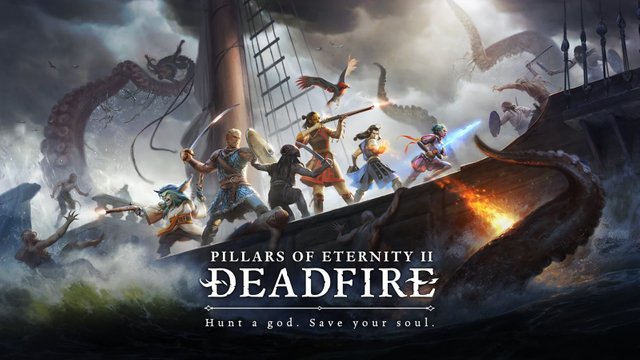
Source
Born of the cold hands of Obsidian Entertainment who have long lunge gave birth to quality RPG games, Pillars of Eternity II: Deadfire was born as a sequel series directly from the first series. He not only pushes from the side of the story, but also comes with a new gameplay mechanics and also improvements in some aspects of gameplay.
The result is an RPG game that feels familiar, but still offers something new and refreshing for you who already enjoy the first series, for example. Deadfire no longer makes the land as a "playground", but the vast ocean as an extension of the existing universe of the world.
Pillars of Eternity II: Deadfire is a direct sequel series from the first Pillar of Eternity. I advise you to play and enjoy the first series first before jumping into this second series, even if you "lazy" can still rely on the prologue at the beginning which will give you a little idea of what happened before.
One advantage if you've played the first series? You can use the same storage data to continue the story, use the same characters, and see how your choices in the first series will affect some conditions in this second series.
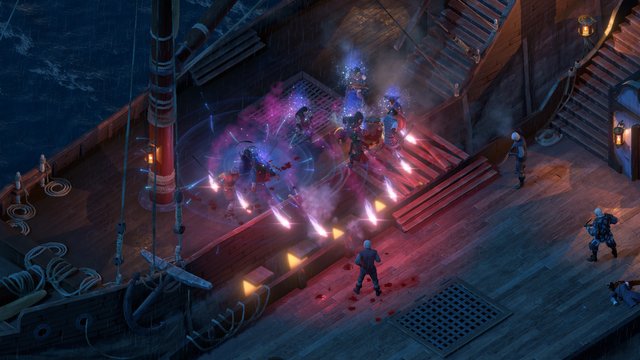
Source
You will again play the role of "The Watcher" - a character who has the ability to communicate with the spirits and read their memories. Deadfire takes a 5-year timeline after the first series, in which your last battle turns out not to make the world peaceful just like that. Eothas - the god of light and rebirth suddenly lives as a giant of the ruins of your alwas castle - Caed Nua.
Eothas seems to have a mysterious mission remembering that he moves to a specific location while absorbing all his life from where he passed. It revolves around Deadfire, an archipelago cluster with a different culture from the places in the first series.
Under these precarious conditions, the other gods were troubled by Eothas's behavior, especially since they did not know what he was up to. Berath - the god of death lifts you back and throws you into Deadfire with a clear mission, figuring out what Eothas is pursuing and weighing whether a decisive action needs to be executed or not. Through the process of exploration you do, you can see that Eothas is moving towards an energy source named Adra, which is stored in large crystals scattered in Deadfire.
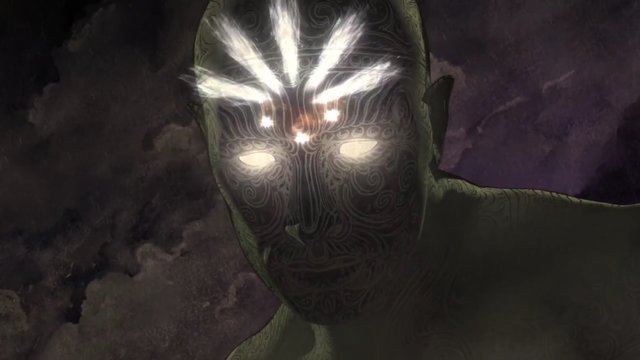
Source
So, what really triggered the presence of Eothas? What is he going to do? Can you stop it or rather, support what he is after as soon as you hear his story and his motivation? All possible answers are created from this variety of scenarios you can get by playing Pillars of Eternity II: Deadfire itself.
A Different World
Obsidian approach offered with this second series is arguably, feels refreshing. Instead of staying with the world in the first series that is more leaning towards the medieval community of the past but with the race and extra monsters in some corners, you now meet with a group of islands with different races and lifestyles. His inspiration seems to be clearly rooted in the Polynesians.
As a consequence? You have to get used to recognizing and remembering various terms, ethnic names, character names, to various ceremonial terms that are of course different from the world in the first series. The fact that Deadfire is also inhabited with many opposing factions also makes this one process more difficult. It takes time to recognize his world, which of course, requires you to read and understand every conversation that comes up.
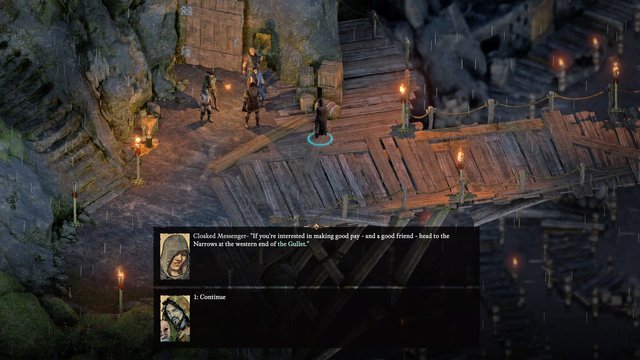
Source
In terms of visual and audio presentations, Pillars of Eternity does not make that a major focus. With an isometric camera style, all they need to do is make sure that the atmosphere of the world they are pursuing does make your gaming experience better. And for that matter, they do a good job.
The design of the world, the maps, to the various ruins you visit always offers its own unique identity. Cities with different personalities, populations, and lifestyles, for example, from the rich to the ones below the poverty line and brutally, waiting for death. It feels so different from the first series, which makes this whole adventure feel more refreshing.
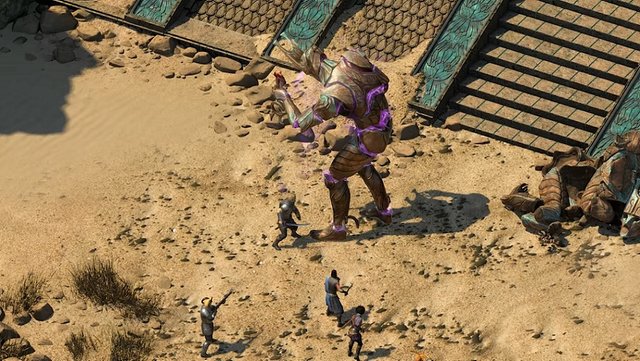
Source
One that we deserve to be the thumbs up of Pillars of Eternity II: Deadfire is how to get back to how they handle the "open-world" concept from the beginning, it allows you to move, search, find, and resolve so many places and dungeons. Why? Because you will not be able to predict whether each of these places will relate or not to the main story that you will choose and run.
The good news is that they handle it well. Once you have completed the mission requested by the story section for example, the involved character will generate an automatic response to a little talk about the fact and then calculate the mission is completed. The same is true if you find the object requested to look for or characters to be killed for example. Unfortunately, this also gave birth to a potential bug that we also felt.
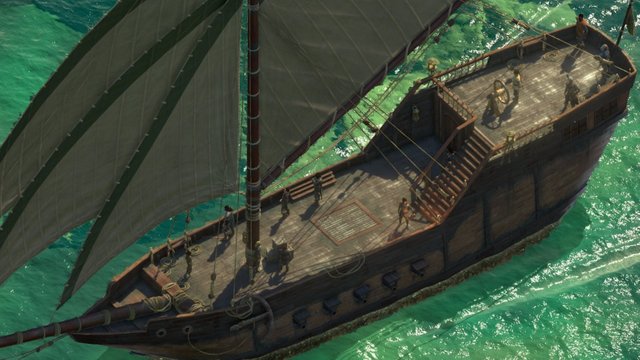
Source
From the presentation side, Pillars of Eternity II: Deadfire does imply a taste similar to the first series. But you can see there are many improvements as well, from the side of music, sound effects, to the visual details that he includes. But in the end it ended up being an isometric RPG game that never made it a major force. His appeal remains rooted in the RPG mechanics he offers.
Now More Smart
For those of you who are not too familiar with Pillars of Eternity, he is an RPG game with the old approach. This means that not only will you meet an open world scheme that you can explore with a myriad of side missions that you can complete or skip, but also provide a variety of solutions.
That every problem should not be solved by simply fighting and killing, but also can rely on the status of the characters and also their exploration skills to do so. Status and skills you build by increasing each indicator point each time you get a new level. By using a system like this, you will be encouraged to mix your own story.
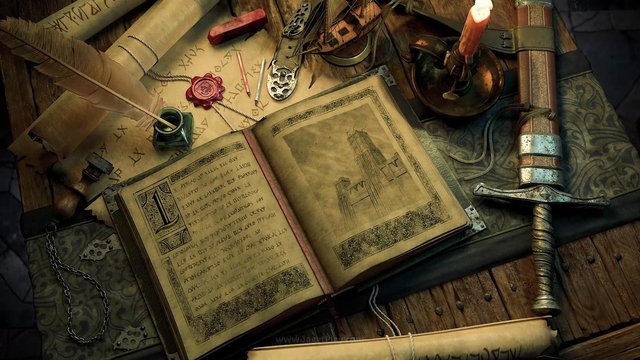
Source
Depending on what point you distribute, you will be able to tap into a new option that will allow you to push the story without consistently fighting. There is a dispute between two families? Distribute enough points for skills such as Bluff, Intimidation, or Diplomacy, and you may be able to reconcile them.
You sneak in to steal the treasures of one of the trading companies, but the problem of fighting? The investment point skill you've thrown into the "Mechanic" aspect to strengthen the lockpicking capability makes you no longer have to be busy looking for the primary key that falls off the boss battle. Or when you find a strange magic that you have never known before, the status of "Arcana" and your knowledge of it can help you capture more clearly and perhaps find a solution from there.

Source
Depending on where you invest your point skill, there will be many story branches and possible solutions. Even from what seems "trivial" as knowledge of History, for example, it can sometimes open up a history-related answer option that attracts the other person's sympathy or helps you recognize the random artifact you encounter.
This is actually not a foreign concept for Pillars of Eternity itself and also Western RPG games with similar approaches. But if you have to choose one of the improvements offered by Deadfire and not in the first series is the AI system that is now so adaptive to the battle situation.
Given this game will require you to kill and hunt for many monsters, the fight in the first series relies more on you as a giver of command. Through a pause-resume system to organize a strategy, you must manually set up what skills should be issued by every character that exists, even for insignificant enemies. While in Deadfire, Obsidian has injected an AI system.
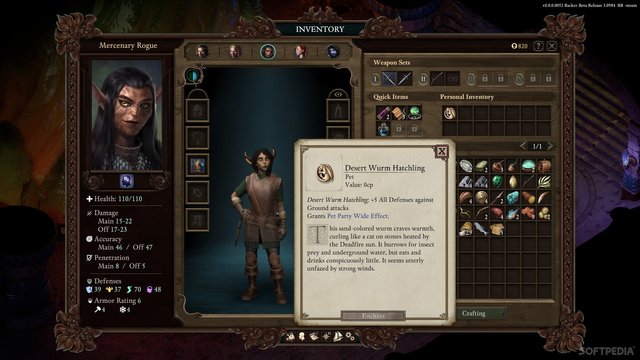
Source
The result itself is quite fantastic. The AI-AI is quite adaptive to the existing battle situation, without the need for you to order one by one again. If conditions are necessary and possible, they will issue certain skills for support, buff, healing, or indeed intended to attack the enemy in groups. More cool?
He does not always end up throwing the strongest skill for example, and sometimes, a weaker yet effective skill to support victory while fighting. Although it must be admittedly not perfect, given the mage character like Aloth for example, not infrequently lower the AOE-based magic that also hurt the character of your other companion.
Each of these skills will depend on what character class you choose and Deadfire provides a myriad of character development alternatives through what active / passive skills system you choose. With at least 1 Skill Point for each level and at least 2 Skill Points when you reach a certain level, there is a myriad of alteranative skills that you can choose from 1 specific character class you choose.
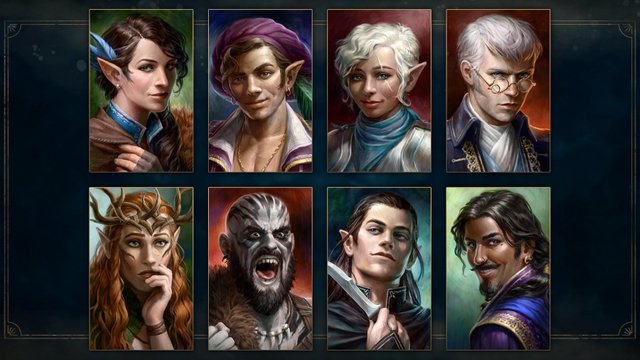
Source
For the Mage class for example, there are variant magic variants of the elements and also the opportunity to strengthen their attacks via passive skills. This just speaks 1 character class. Deadfire also carries a system where characters can confuse two character classes into the same space, but of course, comes with its own complexity to master.
Through a system called "Empower", a limited resource that can only be recharged by resting, you can also strengthen the effect of each of these skills, by making greater damage or spanning AOE space becomes more widespread.
Other systems will be similar to the RPG games in general. The exploration process is worth the reward of various accessories, equipment, and weapons from different levels of scarcity that will make your trip easier. You can also make your gaming experience more difficult by setting some options in advance before starting your journey.
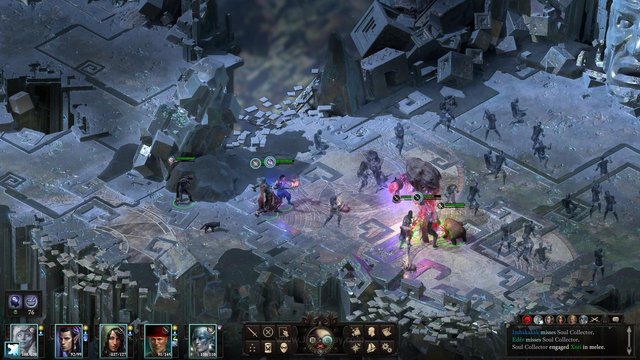
Source
For example, you can make enemies have a level scaling feature, which keeps them always level equivalent to the highest level of your character. Or you can also make death effects more destructive. Remember, although there is an "injury" system every time you die where you can still be raised but with a penalty on a certain status, your character can be permanently killed here if you are not careful.
Posted from my blog with SteemPress : http://bitcoinfree.us/review-game-pillars-of-eternity-ii-deadfire/
Man this game looks so good, I'm replaying the previous one to warm up for this one. I love the way you made the post is really cool but maybe you could link the page from where you found the image instead the image itself, that way you could avoid the pagiarism hunters, cheers man, amazing post!
Vote removed - plagiarism
Congratulations, this post was rewarded with a SteemGC Upvote!
Want to meet fellow Steemit gamers and earn upvotes yourself? Join the SteemGC Discord channel!